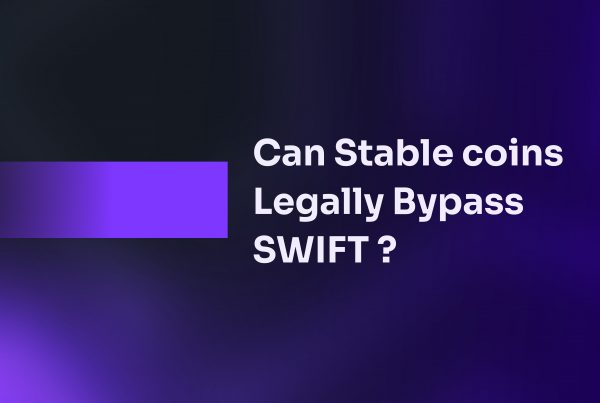Checkout is important in e-commerce and partnering with a payment company like Fincra can help you combat cart abandonment.

In e-commerce or online stores, an online shopping cart is essential; shopping carts allow customers to select, reserve and purchase products from an e-commerce platform. Carts are very familiar in brick-and-mortar stores where customers use them to wheel goods around while shopping and journey to the payment stand. It’s the same with online stores; here, while shopping online on their computer or mobile device, customers keep goods in carts before making purchases.
An online shopping cart is the point of sale for every e-commerce business and is critical to how shoppers can convert to customers. However, carting does not guarantee purchases, as customers often abandon carts and end their journeys. Shopping cart abandonment is one of the head-scratchers in online shopping, as e-commerce businesses struggle with how to convert faster, with a stat suggesting an average online shopping cart abandonment rate of 75%.
These are five ways to help e-commerce businesses prevent abandonment.
1. Make shopping easy
In e-commerce or online stores, an online shopping cart is essential; shopping carts allow customers to select, reserve and purchase products from an e-commerce platform. Carts are very familiar in brick-and-mortar stores where customers use them to wheel goods around while shopping and journey to the payment stand. It’s the same with online stores; here, while shopping online on their computer or mobile device, customers keep goods in carts before making purchases.
Customers will quickly abandon carts when they have poor shopping experiences; e-commerce businesses can help customers by having functional search filters on their platforms. This filter will enable customers to filter out what is relevant to them and quickly add to a cart.
Transparency all through the website is also a way to make shopping easy. When they find the products they want, it is also important for them to get all the information they can about the products like price, shipping information, product description etc.
2. Optimising carts
There are several ways to optimise carts; having a wishlist is one of the ways to do that; a wishlist is where customers can save items they love or want to do more research to purchase later.
An excellent way to do this is to segment online shopping carts so that items on the wish list are not included when checkout computes the total cost.
We mentioned transparency earlier; this should flow to the cart display to show the total cost of all the products they have in the cart. This will make it easier for customers to make decisions on the products they can afford or not.
You can also optimise carts by having a detailed summary of every product in the cart. The summary can have images to aid quick reviewing; a ‘continue shopping’ option and complementary products.
3. Allow ‘carting’ for new users
Most e-commerce platforms still require users to register or create an account before they can use shopping carts. This can often frustrate new users, driving them to abandon carts. Allowing guest/new users to use carts on your e-commerce site will drive more customers to make purchases.
4. Optimise for different devices
It might seem like everyone knows this, but some online businesses make the mistake of optimising their platform for just a type of device. While many people shop on their computers, more are now shopping from mobile devices. 70% of internet users in Africa access the internet with mobile devices, the highest of all the continents. This data suggests that you will be missing out on 70% of the market if you don’t optimise for mobile.
5. Faster checkout
After searching through an e-commerce site, customers do not want a long and complicated checkout process to complete their journeys. 28% of shoppers complained in a study that their checkout process was too long; this can frustrate customers to abandon carts.
Optimising your checkout for speed is essential. Ways to do this are by having an option to store information of returning users, enabling auto-fill for shipping and billing addresses and having different payment options.
With Fincra, e-commerce businesses can have checkout solutions they can add with a few clicks. Fincra’s Checkout offers businesses different ways to receive payments.
Fincra has many products and features that help businesses make and receive payments quickly.




